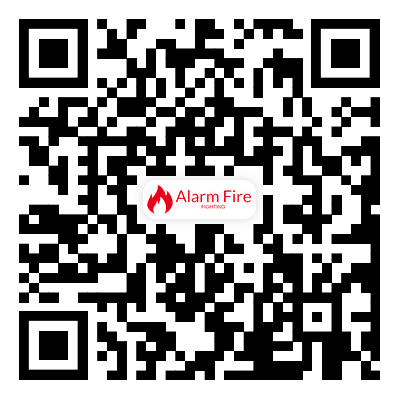What is the sequence of operation of a fire sprinkler system?
2024-01-05
A fire sprinkler system operates in a sequence of steps when it detects a fire or excessive heat. Here is a general sequence of operation for a typical fire sprinkler system:
1. Detection of Heat or Fire: The system's heat-sensitive elements, usually located within the sprinkler heads, detect an increase in temperature caused by a fire. Some systems may also have smoke detectors or other fire detection devices connected to the sprinkler system.
2. Activation of Sprinkler Heads: When the heat-sensitive elements reach a predetermined temperature (usually between 135-165 degrees Fahrenheit), they trigger individual sprinkler heads in the affected area to activate. Not all sprinkler heads will activate unless the fire is large enough to affect multiple areas.
3. Release of Water: The activated sprinkler head opens, allowing pressurized water from the system's pipes to flow through the head and spray water onto the fire or heat source.
4. Local Alarm and Notification: Simultaneously, the system may trigger an alarm to notify occupants of the building about the fire emergency. This alarm may include audible sirens, visual signals like flashing lights, or both.
5. Automatic Communication with Fire Department: Some modern fire sprinkler systems are connected to fire alarm monitoring services that automatically alert the fire department or a monitoring center when the system is activated, allowing for a quicker response.
6. Manual Intervention: In some cases, occupants or building staff can manually activate the fire sprinkler system by pulling a fire alarm or pressing an emergency button.
7. Fire Suppression and Control: The water discharged from the activated sprinklers helps control or suppress the fire until firefighters arrive. The system is designed to keep the fire from spreading and potentially extinguish smaller fires.
8. Shut-off and Reset: Once the fire is extinguished or brought under control, the system can be shut off manually. After the fire department confirms the area is safe, the system is reset and recharged to be ready for future use.
Each fire sprinkler system might have specific variations in its sequence of operation based on its design, purpose, and the type of building it serves. The primary goal is to detect and suppress fires quickly to minimize damage and protect lives.


